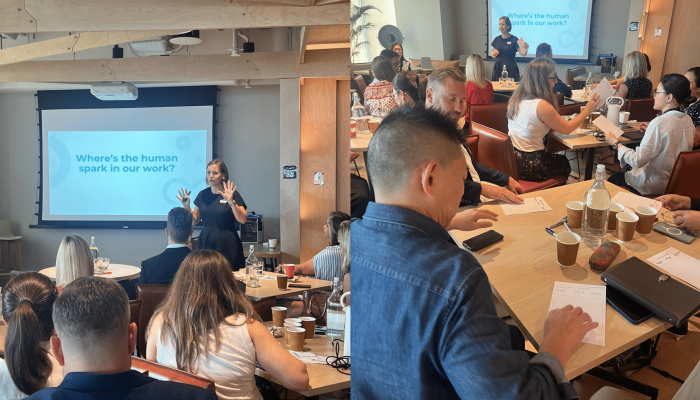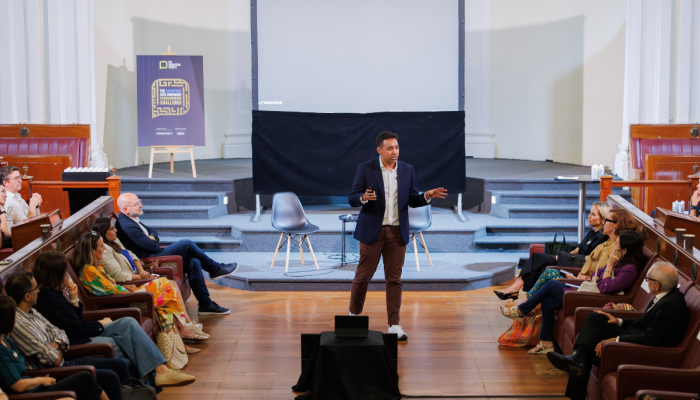The United Kingdom’s Advertising Standards Authority recently passed a number of new rules barring sexist stereotypes from appearing in campaigns. Although some have criticised the watchdog’s decision as being too politically correct, I would simply argue it is a (long-overdue) recognition of the changing face of Britain’s consumers: non-heteronormative, multicultural and striving for increased gender equality.
Now then, Singapore: perhaps it’s time for some similar soul-searching. As a Singaporean, I fail to understand why the advertising that permeates this country fails to address the changing needs and beliefs of the local audience. Let’s take a look at just a few examples to see just how truly relevant these are:
Skin-whitening products
Yes, this is still a thing. While approximately 25.7 per cent of Singapore’s resident population might be considered to be ‘dark skinned’ based on ethnicity, women still have to deal with advertising promoting the unattractiveness of darker colouring compared to fairer skin.
Gender stereotyping
Radio advertising remain very much a culprit of gender stereotyping advertising. We’ve heard the same stories countless times: women taking on the role of whining wife or girlfriend, begging the husband or ‘darling’ to take her shopping. I’m pretty sure most women in Singapore have the means to and would much rather buy their own stuff.
Morality
Ad campaigns still speak to the traditional family unit and traditional family values. The recent Pink Dot Cathay ad saga speaks volumes about this.
Plain and simple sexism
I’m just going to leave you with this ad that does neither women nor men any favours:

This era of new technology has allowed me to sidestep a lot of traditional news outlets, advertising and media channels these days. Over the past few years, I’ve been disappointed by the state of radio advertising. You just cringe at some of the ads that have run on cinema screens, television and now lately on YouTube
But yet, what are the agencies, the brands and even the Advertising Standards Authority of Singapore doing about it? Are they ensuring inclusivity and diversity in their campaigns? Alas it would seem not: the brief and the client’s existing perceptions on Singapore’s community sadly still dominate our billboards and our screens.
Yet this is the truth:
Change is constant
Our audience is constantly changing and the ‘traditional Asian/ Singaporean/ South East Asian’ consumer does not exist. In Singapore alone, you’ll be meeting a diverse set of buyers who are seemingly becoming more liberal, more outspoken, more dedicated to supporting businesses and brands that speak their language, and believe in their causes. They want to be engaged with intelligently; they’re a multi-cultural group of people who shouldn’t be segmented traditionally. Clients and agencies should be tracking the needs of their consumers and using the analytics that exist to show their changing buying or engagement habits.
Purchasing habits are no longer based on patriarchal hierarchy
The ‘She-Economy’ is alive and well in Singapore and our region. Women are controlling an increasing amount of household purchasing decisions, driving e-commerce in South East Asia. Brands have reaped the benefits of engaging with this community in a language we understand. Since 2016, we’ve started to see an increasing number of campaigns from Asia and the globe, that brought to life, real issues that resonate with many women – SK-II, P&G, United Colours of Bennetton – just to name but a few. But in Singapore or South East Asia – where are those campaigns? So far the only one that has truly spoken to me is this powerful video by NTUC Income.
Traditional family values
These values have changed and today’s new generation – I do not like using the term millennial – has changed. We live in a city with a declining birth rate, a growing number of mixed-raced relationships, marriages happening later in life and an increasing number of Singaporeans wanting to find their own independence and their very definition of self.
When the creative agency is responding to a brief, they need to think about those who may make a purchase. We all have to work harder to stay relevant – to recognise that our readers, viewers and be aware that the traditional Singaporean consumer is changing. We have to work harder to make our narrative, stories and the content we are developing inclusive. Otherwise, they will be simply just irrelevant. And who wants that?
This piece first appeared on Mumbrella here.



